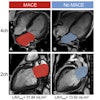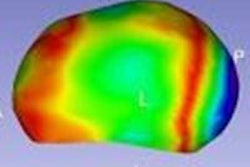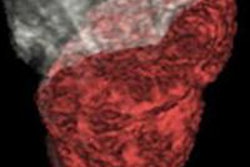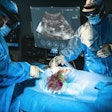CDx Diagnostics announced a study presented at the Digestive Disease Week (DDW) meeting indicating that the company's Wide Area Transepithelial Sample biopsy with 3D analysis (WATS3D) works as an additional surveillance tool to increase the detection of dysplasia and Barrett's esophagus.
Barrett's esophagus can arise as a result of chronic gastroesophageal reflux disease (GERD) and can be a precursor to esophageal cancer.
The WATS3D biopsy collects a wide-area, disaggregated tissue specimen of the entire thickness of the suspect epithelium, the firm said. This tissue specimen is then subjected to specialized, computer-assisted 3D analysis to pinpoint potentially abnormal cells for presentation to a pathologist.
The retrospective, multicenter study found that WATS3D increased detection yield of Barrett's esophagus by 20%, according to CDx. Correlation of WATS3D and forceps biopsy results was uniformly high among all sites. In three sites that had more than 30 WATS3D tests performed or had onsite assistance, the increased detection yield of Barrett's esophagus was an average of 46%, the company said.



















